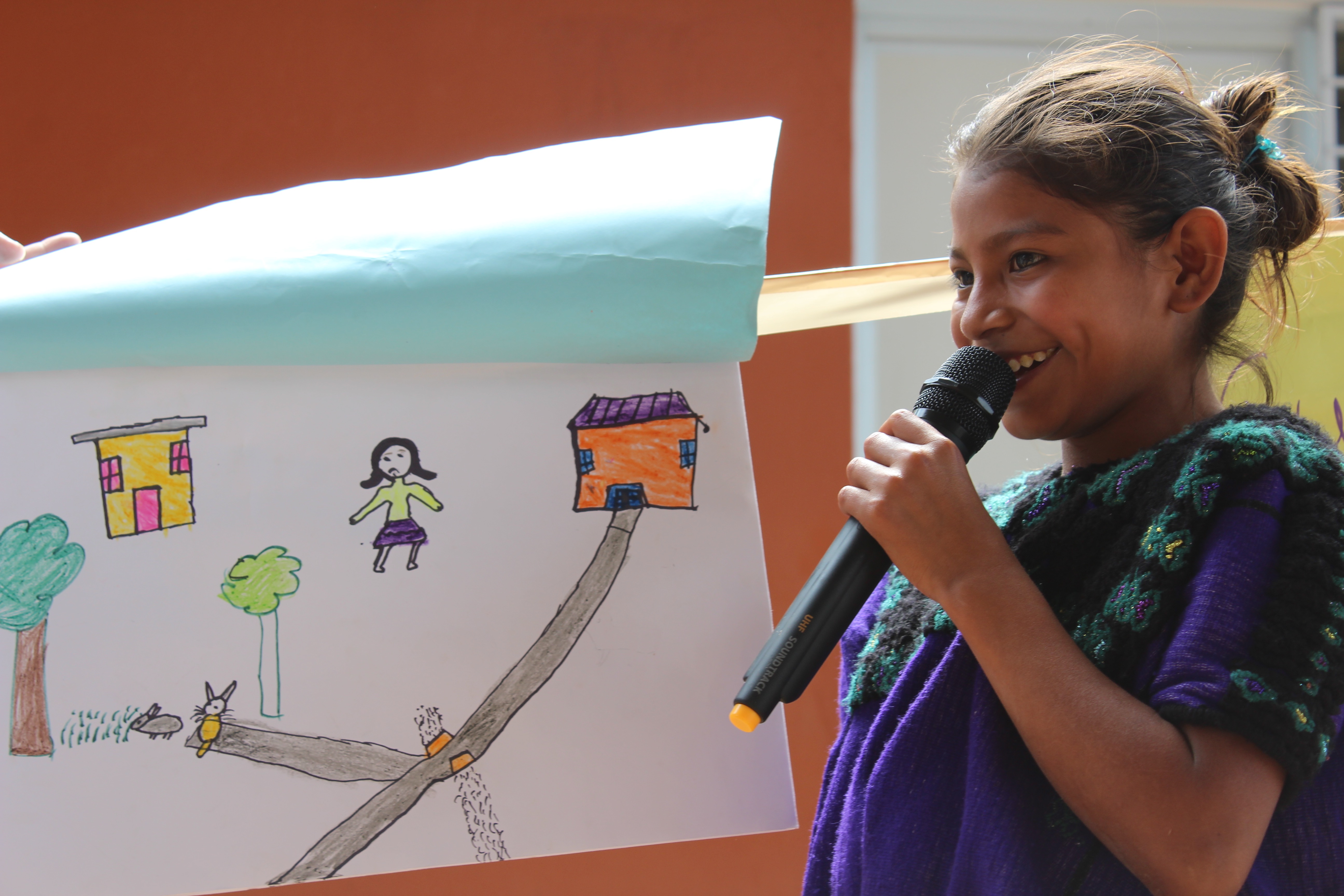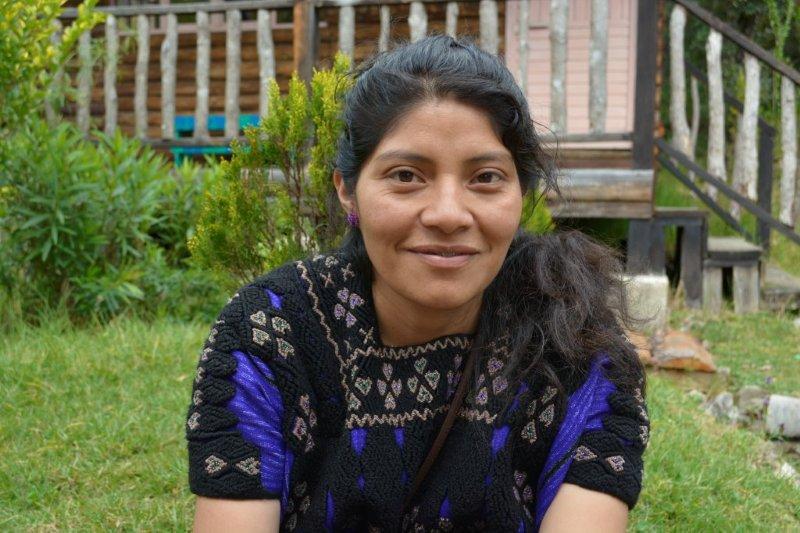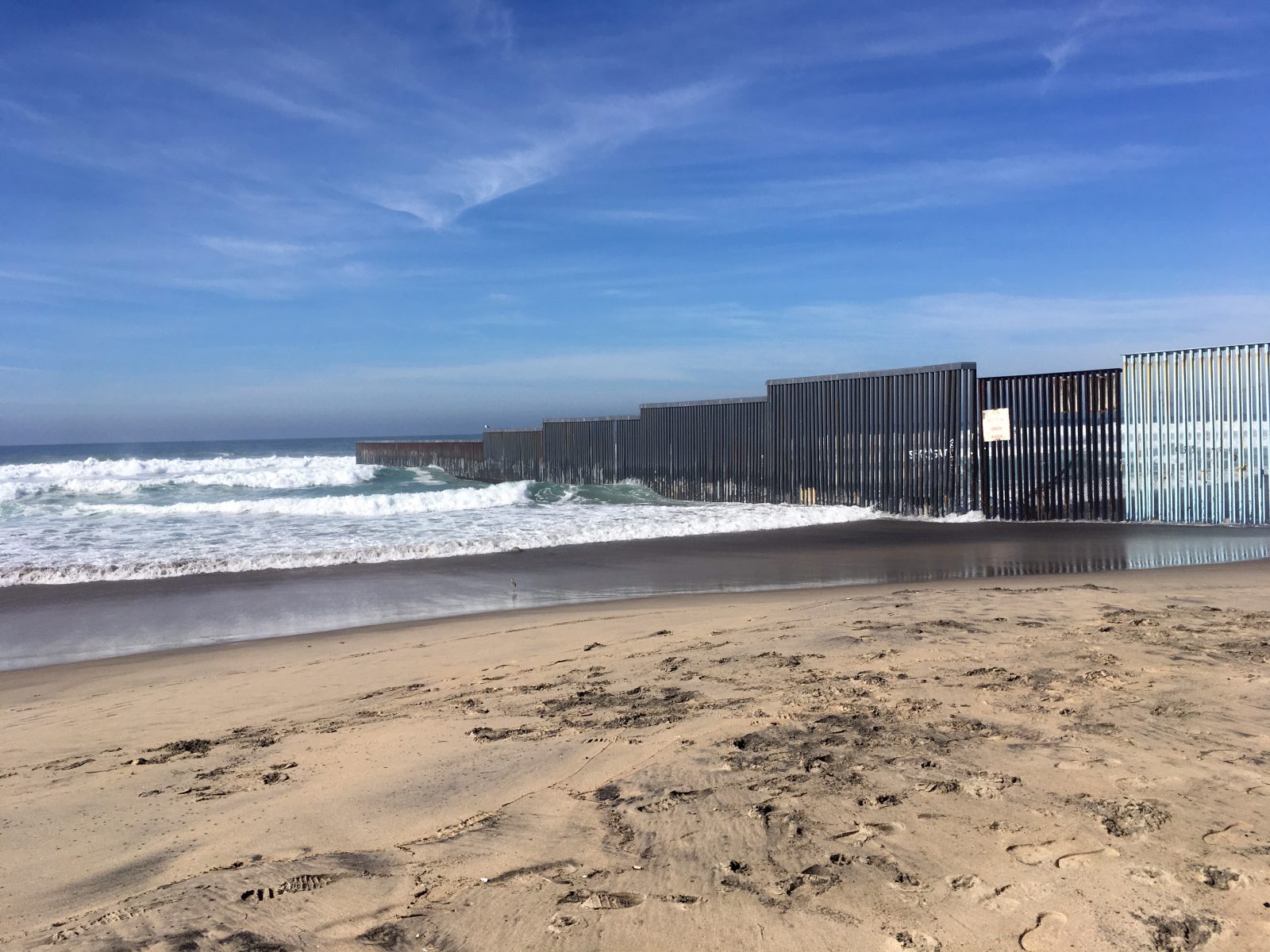Leaders from nearly 30 organizations gathered for three days in Tapachula, Mexico, to connect and unite their work to protect migrants and asylum seekers. These photos—taken August 6-8, 2018—provide a glimpse into this one-of-a-kind convening that sparked new friendships, connections, and actions.

The first activity (after a hearty breakfast) was simply to meet and greet one another. “We wanted everyone to look into the eyes of the people they’d be working with—to hug or say hi, how are you? I’m glad you’re here and you are not alone” said Rodrigo Barraza, GFC program officer for the Americas. “We are Global Fund for Children—children are our focus, so we wanted to do some things in a playful manner,” he added. “We hugged, we drew, we played, we laughed. That is how you change the world.”

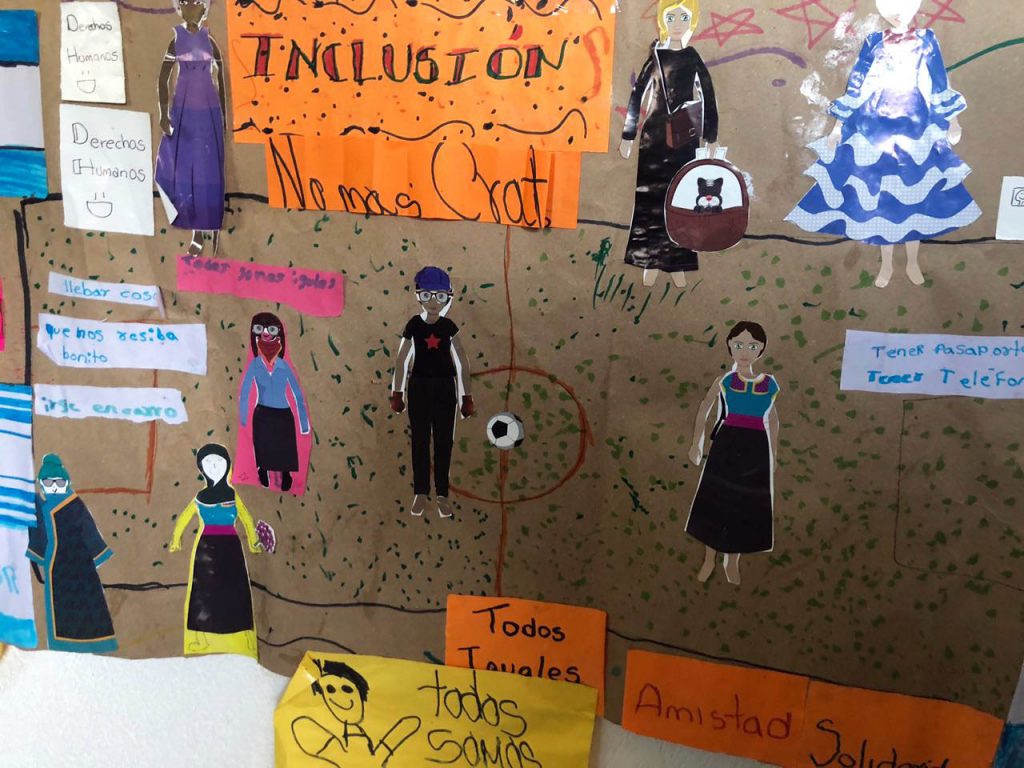
Participants then had a chance to show off their artistic skills, creating posters about their organizations and their work, which were then displayed on the walls as a “museum” of visual introductions. “The main goal of this convening is for everyone to know about each other’s work, so we can say—look, this is what we’re doing; I see what you’re doing and I think we could work on this together.”


That night, Carlos Escalante Villagrán of GFC partner Colectivo Vida Digna led a small Mayan ceremony to inaugurate the work taking place. Carlos is Maya K´iche, a cultural researcher, and a Mayan spiritual guide. “We created a Mayan altar, we gave thanks, we danced in the night. It was very beautiful and very intense. It wasn’t mandatory, but we had 30 or 40 people there at 11 PM.”
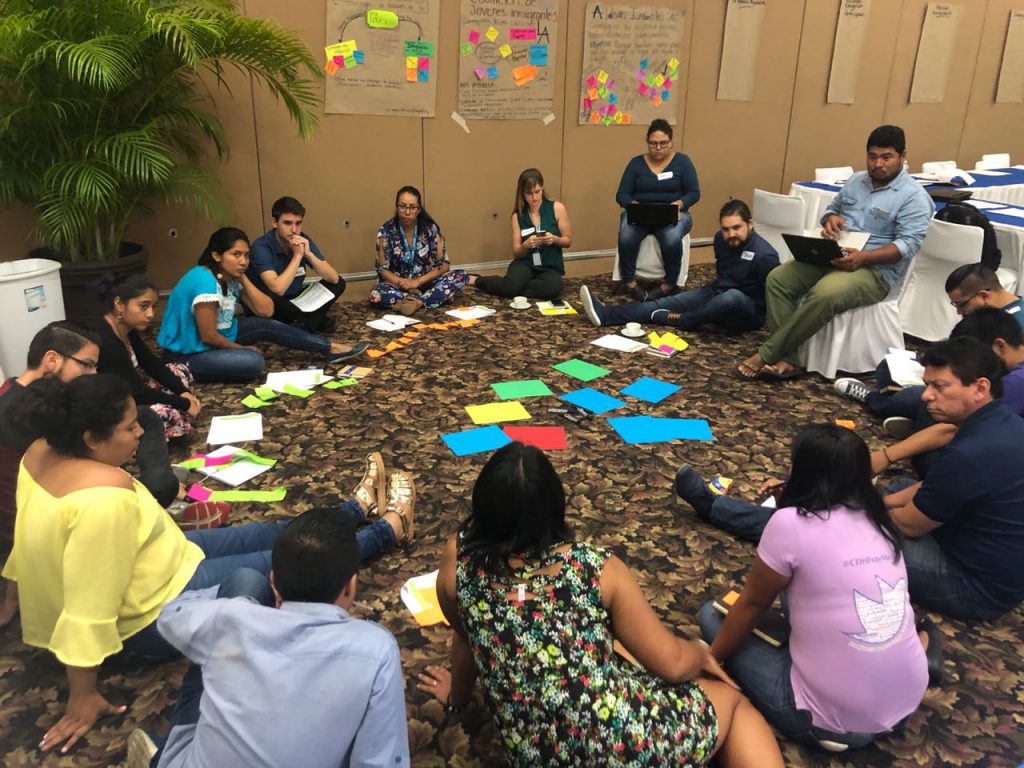
While much of the convening took place at the Tapachula’s Loma Real hotel, the group went on several excursions to visit local organizations and government agencies working with migrants and asylum seekers, and to get a first-hand look at the Mexico-Guatemala border. These visits included a tour of Iniciativas para el Desarrollo Humano, a small but very passionate grassroots organization providing education and psychosocial support to migrant children in Tapachula, and a brief stop outside Siglo 21, one of the largest detention centers for migrants in Latin America, with a capacity for nearly 1,000 people. (GFC partner Centro de Derechos Humanos Fray Matías de Córdova, located in Tapachula, is the only NGO allowed access to the facility and the people detained there.)
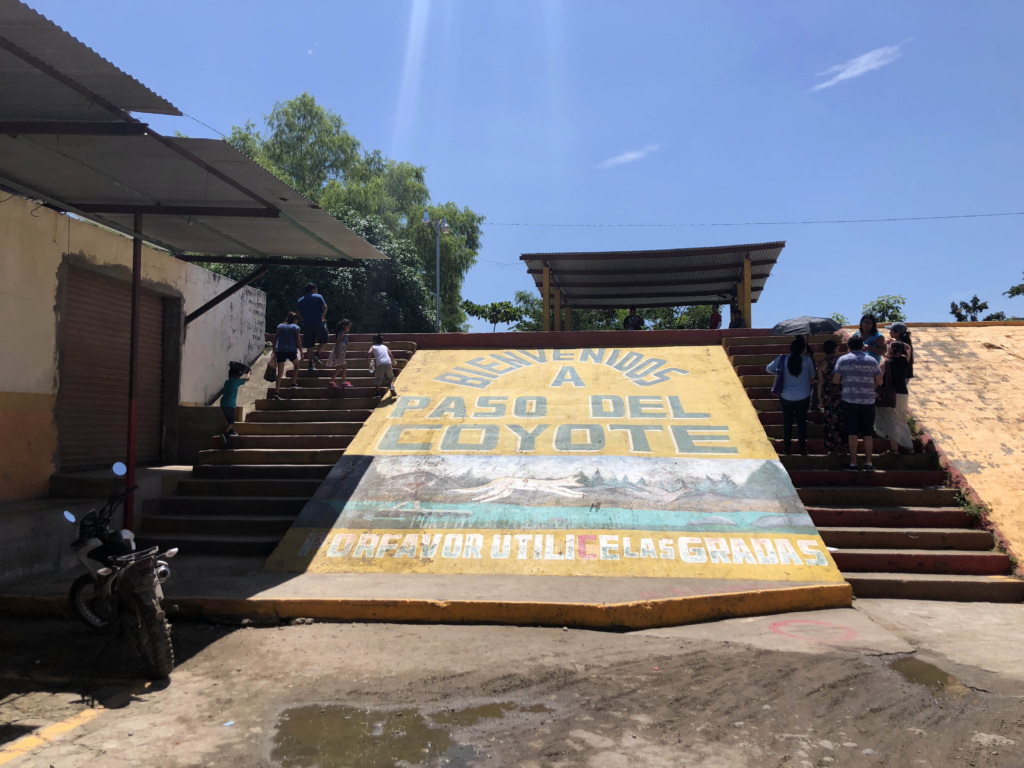
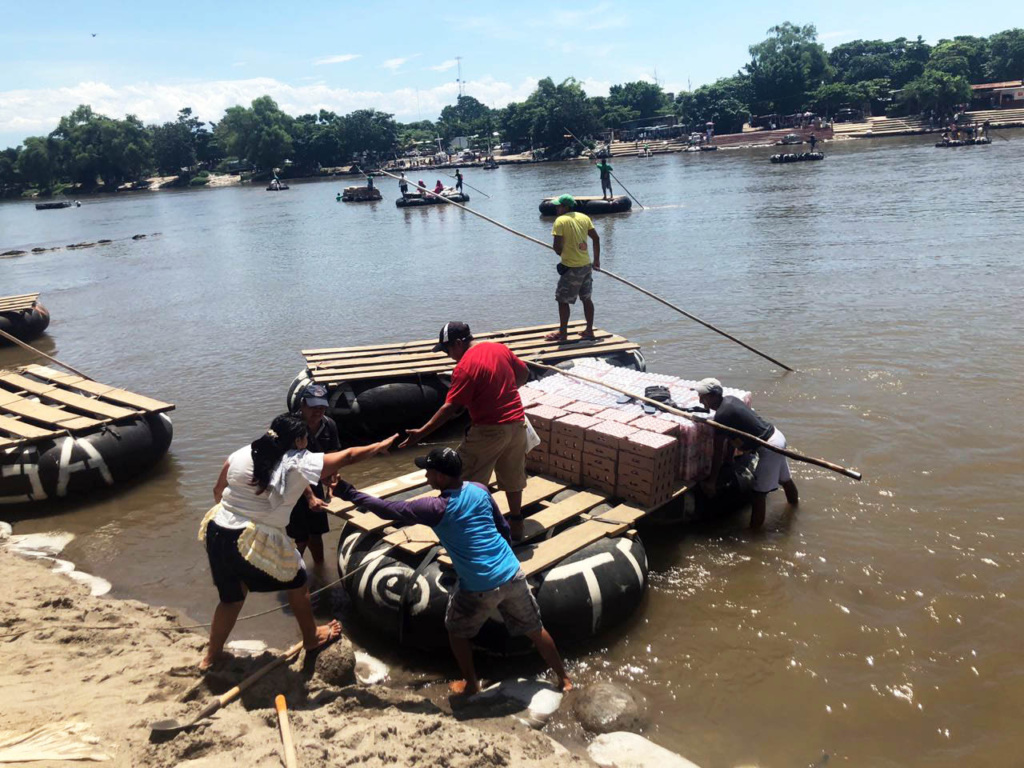
At Paso del Coyote in Ciudad Hidalgo, the group watched dozens of people cross the Suchiate river, which forms the border between Mexico and Guatemala, on rafts made of floating tires. “People cross the border here every day, at all times—you just pay two dollars,” Rodrigo said. “For many people from the north, to see this informal crossing was a shocking experience.”

At an informal travel station near the river bank, Brenda Ochoa from Fray Matías described the dangerous and expensive trips north, part of the exploitative economics of migration in border cities. Behind her are advertisements for a variety of destinations.
“Now these organizations have the whole picture. They understand more deeply the migratory routes and the difficulties that migrant people have to overcome just to seek for a better life, and they can improve their interventions because of that.” Rodrigo said.
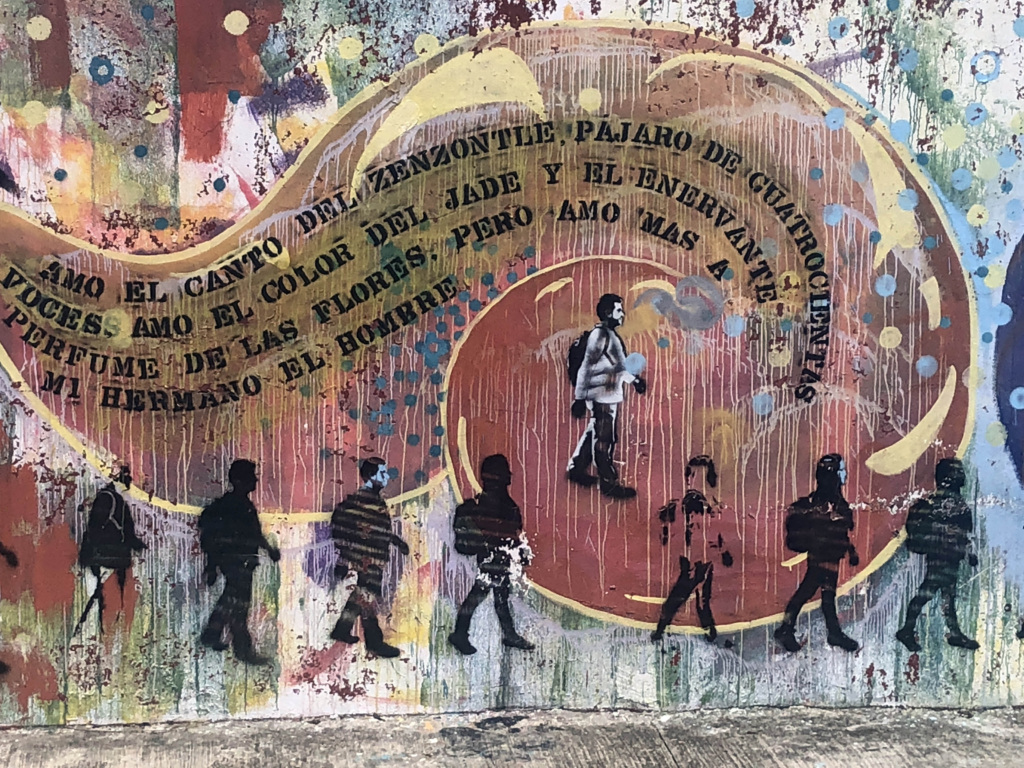
Back at the hotel, huge maps of the United States, Mexico, and Central America lay at the center of the room, with large sections of empty space between them. Over the three-day workshop, these spaces were filled with notes from the work sessions.

First, participants identified the problems and challenges that migrant children—particularly girls—face along the migration pathway. Next, they summarized the interventions and support services that currently exist. And finally, the group reflected on their dreams for the future of these borders.
“We wanted to finish with hope,” Rodrigo said. “But these aren’t just dreams. Many of these dreams are going to be specific initiatives that have come out of this event. We have the right to dream. Together.”
All photos by Rodrigo Barraza, © Global Fund for Children.
